Featuring an interview with Lynne McTaggart, author of “The Intention Experiment.”
“This important book makes a good case that we are on the verge of another revolution in our understanding of the universe.” – Arthur C. Clarke
I Had Good Intentions
I fully intended to keep my 2012 New Year’s resolutions. I knew it would be hard. But I had good intentions. I had good intentions. Really.
However, even though I held out a long time – 6 days, 21 hours and 30 minutes short – of the first full week of January – I didn’t make it. I fell short. Badly. Some of it was simply from a sense of loss (also sometimes known as grief) that had weakened my resolve. Donkey O’Tee, my long-time co-writer and close friend, had left me to pursue his own career as an author (below).
Media Star
Donkey O’Tee had massive pre-sales. Five copies at least. The media loved him. He took a simple idea, complexified it to nearly an undecipherable obfuscation, eschewing logic and reason, and suddenly he was a media know-it-all star.
But, before Donkey O’Tee went on his book tour, he sensed my despair – my utter hopelessness. Donkey’s are like that. Sensitive. So, he sent two cousins of his to help me out while he was gone on tour. “Hollywood veterans” he assured me. Their names were Cal and Chichen (pronounced “chikken”) Itza (figure out which is which?) from Yucatan, a state in Mexico.
Cal, Steve and Chichen Itza
But they were a little too perky for me.
I slipped into a deep funk. I pondered why my good intentions always went awry. My hair grew out of control (which horrified my friends who were all going bald), and I seemed to shrink – grow shorter from the weight of the deep thought in which I was engrossed. Why did my “good intentions” always go so bad? Then … almost by accident (but not quite – that’s what the word almost means) I ran across a book called “The Intention Experiment – Use Your Thoughts to Change the World,” by Lynne McTaggart.
Your Life of Business … or Business of Life
I jumped eyes first into it. Speed-read it (I completed the introduction). And wow … not just a wishful “think your way to greatness and riches” bunch of crapola, but a book backed by top-notch scientific evidence. On the frontier of science, for sure, but backed by and working with an international team of renowned scientists to measure and create a “Science of Intention.” To prove your thoughts and intentions can be scientifically measured and make a real difference in this world, in your life of business … or the business of your life. The book even had an action plan and an invitation to all readers to join and be a part of the world’s largest experiment – “THE INTENTION EXPERIMENT.”
I was ecstatic.
I rushed out of the house down to the electronics store brimming with good intentions.
Oozing good intentions flowing like a volcanic river.
Yes, a river of good intentions.
That was me.
A NEW I-PHONE TWO WOULD BE MINE!
BUT, things didn’t quite work out the way I had envisioned.
This business of thinking and intention was a bit more complicated than I thought. Or at least I think I thought I thunk that. So as usual I had to go to the source for more information.
ENTER Lynne McTaggart
Lynne is an award-winning author of five books, including “The Field,” which has been published in 14 languages. “The Field” was a major influence on the wildly successful U.S. cult classic, “What the Bleep Do We Know?” and Lynne starred in the BLEEP’s full version, “Down the Rabbit Hole Quantum.”
Steve: Hi Lynne. I tried the intention thing … it didn’t really work too well for me.
Lynne: Did you read the book?
Steve: Sorta.
Lynne: Sorta. What’s that mean in English?
Steve: Oh, I forgot you were from England. Well, it means I got carried away after reading the introduction and tried to use my good intentions for something.
Lynne: For your own benefit?
Steve: … Maybe.
Lynne: Didn’t work so well, did it.
Steve: It worked, just not the way I wanted it to. So, what did I miss in the book? What did I do wrong?
Lynne: Besides just reading the introduction? The book is not about sending intentions to make a million dollars. The book is about using the science of intention philanthropically: healing wounds, helping children with attention deficit or patients with Alzheimer’s, counteracting pollution, global warming, that type of thing.
Steve: Oh. (Although the reader can’t see, chagrin may have crossed my face at this point). What else is the book about?
Lynne: “The Intention Experiment” is really some unfinished business I had with my previous book, “The Field.” It was a question (or questions) that was raised – there seemed to be anecdotal evidence to support and suggest that thoughts truly were things. A thought was not only a thing, but a thing that influences other things. A simple thought had the power to change the world. But the question was, could these thoughts and intentions be corralled, scientifically measured, tested … and used for good? The first part of “The Intention Experiment” attempts to synthesize all of the experimental evidence that exists on intention into a coherent scientific theory of how intention works, how it can be used in your life and what conditions optimize its effect.
Steve: So, an investigative scientific journey of the latest, greatest research on thought and intentionality. Who are some of the scientists involved?
Lynne: Robert Jahn, Dean Emeritus of the Princeton University School of Engineering; his colleague, psychologist Brenda Dunne, who runs the Princeton Engineering Anomalous Research (PEAR) laboratory; Dr. Gary Schwartz of the Center for Frontier Medicine in Biofield Science at the University of Arizona; and Fritz-Albert Popp, assistant director of the International Institute of Biophysics (IIB), in Neuss, Germany, to name a few.
Steve: Seriously eminent scientists. I’m familiar with Fritz-Albert Popp. His work on biophoton emissions, that DNA, molecules and cells all emit light that may be used for information communication is not only astoundingly earth-shaking and potentially has the ability to change humanity forever, but unfortunately is pretty much under-appreciated and unknown amongst 99.99% of the earth’s population. What are some of the interesting facts coming out of this research?
Lynne: You can get stronger, bigger muscles just by thinking. Some of the research findings include that athletes who do not physically exercise but only imagine their workouts can increase their muscle strength between 13 and 16 percent.
Steve: By just imagining the exercise?
He’s the Greatest!
Lynne: Yes. Imagine the implications for business. For sales. For marketing. Anyone can see tremendous improvements in their personal or business lives by rehearsing specific activities before actually doing them. Muhammad Ali, one of the greatest, if not greatest, athletes of all times was a master of thought, intention and visualization. He’s covered in the book.
Steve: Other results?
Lynne: Atoms can become entangled and behave as one single giant atom. Human bodies can act as transmitting and receiving antennas, living things demonstrate awareness of the well-being of other living things around them. A sizable body of scientific research, carried on for more than 30 years in prestigious scientific institutions around the world, show that thoughts are capable of affecting everything from the simplest machines to the most complex living beings.
Steve: What do you mean by “intention?”
Lynne: A textbook definition of intention is “a purposeful plan to perform an action, which will lead to a desired outcome,” unlike a desire, which means simply focusing on an outcome, without a purposeful plan of how to achieve it.
Steve: How could I (and the reader) use the science of intention?
Lynne: That’s in the second part of my book. I offer a blueprint for using your thoughts and intentions effectively in your own life through a series of exercises and recommendations. These exercises will show you how to “power up” your own thoughts and intentions to change your life and those around you. It’s also an exercise in frontier science – albeit personal.
Steve: And you do live group experiments via the internet?
Lynne: Yes, with the aid of our readers and our highly experienced scientific team, we conduct large-scale group experiments via the internet to determine whether focused intention has any scientifically quantifiable effects on selected targets.
Steve: How does one get involved?
Lynne: Go to our website for details The Intention Experiment. The first studies will be carried out by physicists Fritz-Albert Popp, vice-president of the International Institute of Biophysics in Neuss, Germany (www.lifescientists.de) and his team of seven; psychologist Gary Schwartz and his colleagues at the University of Arizona at Tucson; and Marilyn Schlitz and Dean Radin of the Institute of Noetic Sciences. You can see the rest of the scientific team on our web site too.
Steve: How will this be controlled? The WWW is full of World-Wide-Whackos, full of in-laws, outlaws and hackers who enjoy mucking things up.
Lynne: Website experts collaborated with our scientific team to design secure log-on protocols and to enable us to identify which characteristics of a group or aspects of their thoughts produce the most effective results.
Steve: An example?
Lynne: A patient with a wound. It is known that wounds generally heal at a particular, quantifiable rate with a precise pattern. Any departure from the norm can be precisely measured and shown to be an experimental effect. In this example, our aim would be to determine whether focused group intention will enable wounds to heal more quickly than usual.
Steve: Hmm. I knew that. And your ultimate plan for these experiments?
Lynne: They’re ambitious. To recruit hundreds of thousands, maybe millions of volunteers from around the world to participate in these series of web-based experiments, to try to tackle a number of societal ills. It will be the largest mind-over-matter study in history.
Steve: Can I take part in your experiments? Can I? Can I?
Lynne: I’d like to send a special letter about it to you and your friends, Cal and Chichen. Is that okay?
Steve: That’d be great! (feeling special … even if she did include the freako animals) Thank you, and best wishes to your readers and scientific team Lynne.
Lynne: Thank you. Intention me on Twitter if you get a chance.
TIME PASSED
True to her word – a special letter did arrive.
END:
Lynne McTaggart is an award-winning author of five books, including “The Field,” which has been published in 14 languages. “The Field” was a major influence on the wildly successful U.S. cult classic, “What the Bleep Do We Know?” and Lynne starred in the BLEEP’s full version, “Down the Rabbit Hole.” Lynne is an internationally recognized spokesperson on the science of spirituality and also co-executive director of Conatus, which publishes the UK’s most well-respected health and spiritual newsletters and online information including “What Doctors Don’t Tell You” and “Living the Field.”
About Steve Kayser
He’s currently too busy to write his bio because he’s engaged in a scientific experiment …

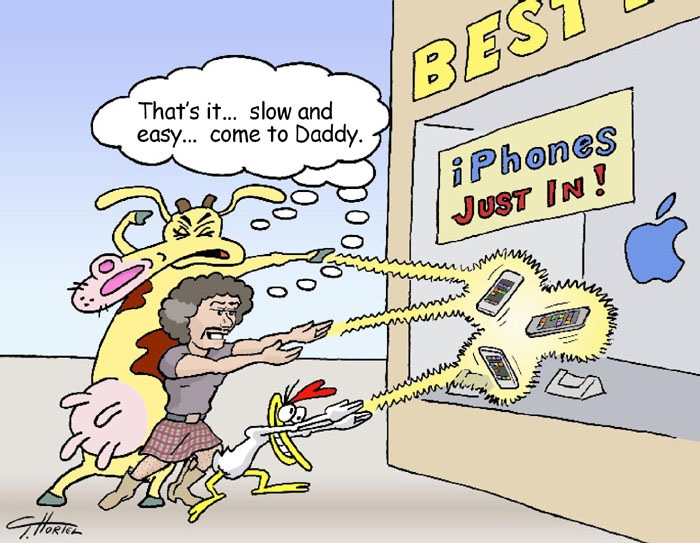



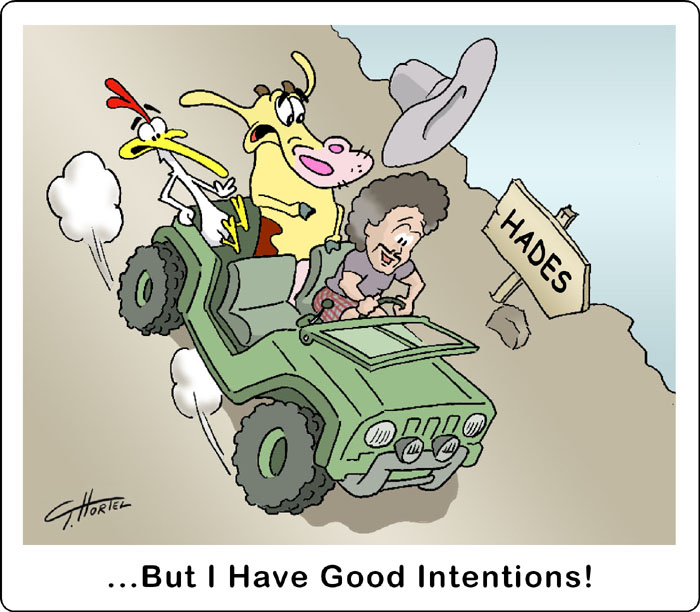

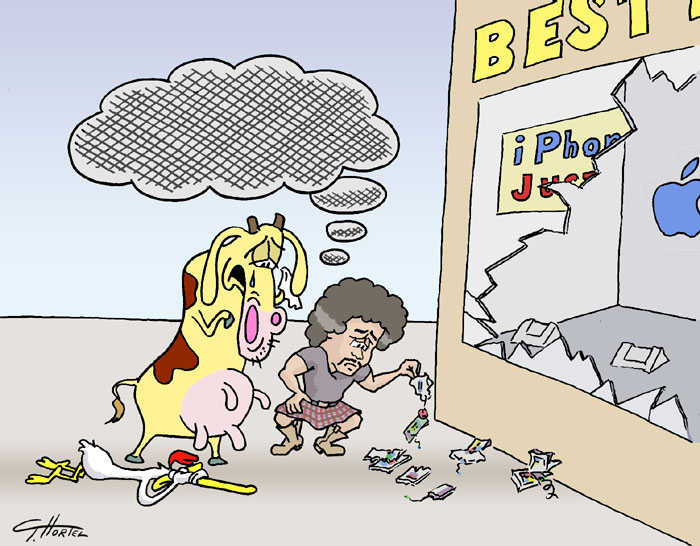
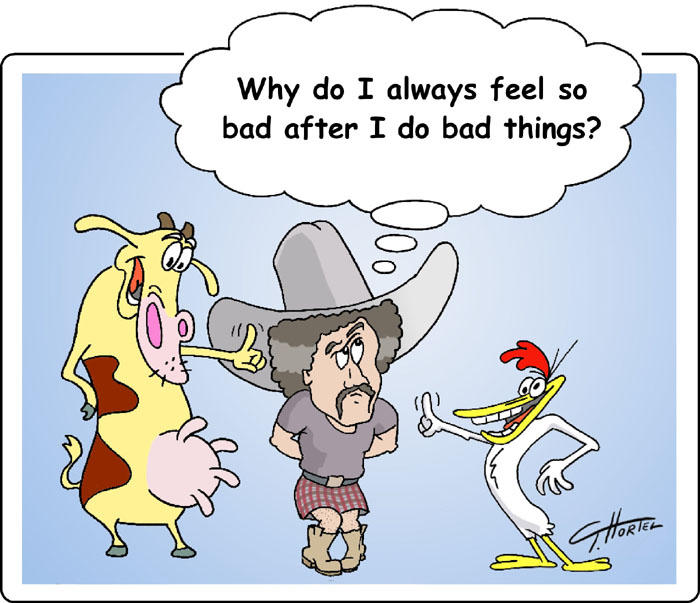
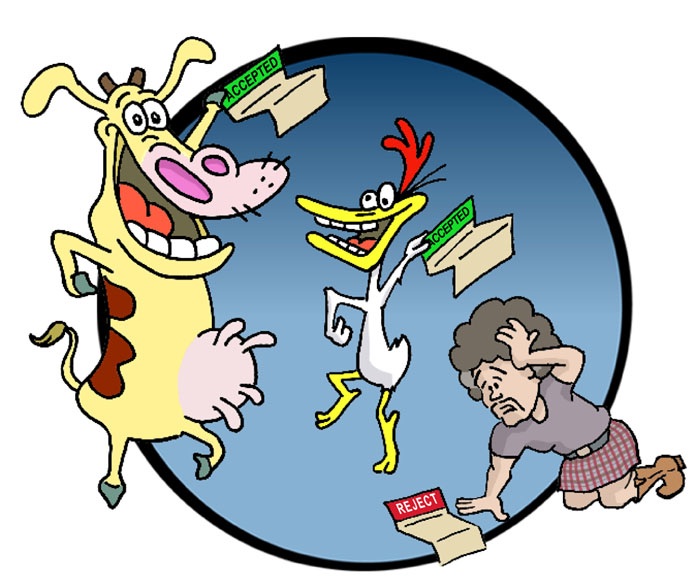

Recent Comments
Lessons Learned from Hollywood STORY Guru Robert McKee